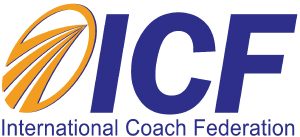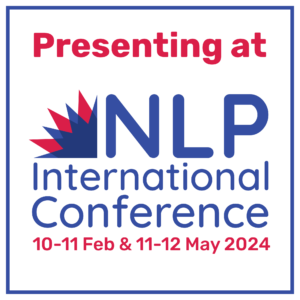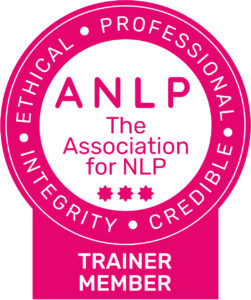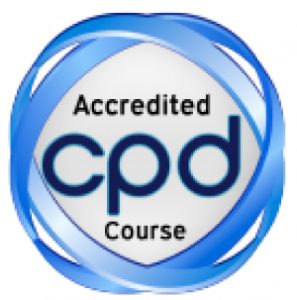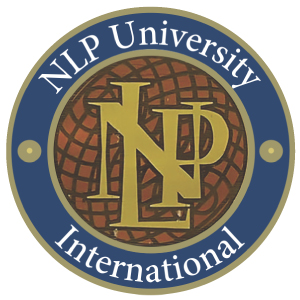8 Steps to Successful Personal and Organisational Change
This week, we have a guest blog from Dr. Ann-Marie Wilson, NLP School Alumnus and executive director of 28toomany. Here, she offers her own perspective on how to adapt to change in the wake of the COVID pandemic.
“It was the best of times, it was the worst of times…”
“…it was the age of wisdom, it was the age of foolishness… it was the season of Light, it was the season of Darkness, it was the spring of hope, it was the winter of despair…”
A Tale of Two Cities, Charles Dickens
Although taken from Dicken’s A Tale of Two Cities, set in the late 18th century, I feel that much of this applies to our current times.
In this blog, I will offer you a number of tips to deal with personal and organisational change, and come out of this season with more options. Most can be done on your own, or with support from an NLP coach.
COVID-19 – Highlighting incongruence?
Since Covid-19 started in March 2020, I have seen wisdom (face masks) and foolishness (hoarding); light and darkness (people’s attitudes); light (NHS) and darkness (death); hope (kindness) and despair (poor health). I have felt the full range of emotions and at moments felt overwhelmed! When I feel too much is changing, I can feel destabilised. What can we do at times like this?
Most of us have aspects that we don’t “like” in ourselves, perhaps:
• Some behaviour that doesn’t support overall who we want to be;
• Lack of follow-through in achieving our goals, be they to be
o Fitter
o Faster
o Stronger
o Better Work/Life Balance
• ‘Part’ of us we’re dissatisfied with and we’d like to change
• A feeling of dissatisfaction
In NLP we call this incongruity. People often refer to the fact that “part of me really wants to (exercise more) but there is a part of me that (can’t get off the couch).
Model of change
In NLP coaching, our Model of Change helps quit the unhelpful behaviours, and ‘remove’ that part.
Question: What would you like to change? – a ‘vision’ or an ‘aspect’ of you?

- Most of us then feel fear or something like it, and this prevents us from committing to the change needed.
- We still have a feeling of wanting the change, the ‘desire’, yet the fear stops us from taking the decisive action required. This can lead to frustration that we are ‘stuck’ with no drive to act (1).
On your own, or with a coach, you can cast or refine your ‘vision’ (2) of what you want to be and where you want to go in your life (3). Once you have the honed vision you can set goals, supported by action plans. This will enable you to take responsibility for the actions required.
- Your goals need to include Specific, Measurable, Achievable, Realistic and Timely actions, which you can monitor.
- Along this line you will notice some transition (5) to change, which needs to include changes beliefs (6) to become permanent and sustainable.
Some areas of change, such as a behaviour or context, are easier to address. The success of programmes such as AA or WeightWatchers work on ‘behaviours’ with group supports acting to encourage maintenance.

Figure 2: The Stages of Change Model
Source: www.audiologypractices.org/stages-of-change-a-unique-perspective
Using NLP’s Logical Levels for Change
For more complex change, at a ‘beliefs’ or ‘values’ level, the following adaption of NLP’s Logical Levels Model by Kotter, offers a context that can be used for organisational as well as personal change.
Figure 3: Adapted from the NLP Coaching Model in Kotter’s 8 steps:
- Step 1 – Create a sense of urgency
Two types of scenarios:
- In a crisis – change is desired urgently.
- When dissatisfied or frustrated with something – urgency can be created through dialogues about the implications of not changing.
- Step 2 – Create a guiding coalition
Elicit the concern regarding the change. Help understand deeper needs. If there is resistance to the change, then identify the parts of the unconscious mind that are responsible for this, as well as the positive intention of those conflicting parts.
- Step 3 – Create a vision
Elicit the desired outcome. Elicit a core purpose or vision for their life.
- Step 4 – Communicate the vision
Help embody the state that is associated with their desired outcome, or life purpose, or vision – through encouraging them to talk about its meaning and value to them in the relevant areas of their life.
- Step 5 – Remove obstacles
There can be hidden benefits to having the problem or resistance to change by a part of the unconscious mind. These should be identified and addressed.
- Step 6 – Create short term wins
Be encouraged to take small steps that are inspired from the states that arise when they are in alignment with their desired outcome, or purpose, or vision. The outcome, purpose or vision is the goal. Succeeding at this goal is celebrated though taking successive steps that the goal inspires.
- Step 7 – Consolidate improvements
The value of regularly checking along the way – “Is this change good for me, as well as those that I interact with, as well as the context in which we co-exist?”
- Step 8 – Anchor the changes
Following up at a specified period after the intervention is recommended. You might need the help of a coach to change your beliefs about the person you used to be, to the new empowering beliefs of the person you want to be from now, and in the future.
It is important to acknowledge the positive benefits to the new behaviour, learning from the experience. (7)
What is resistance trying to tell us?
In organisations, or personal life, if resistance is experienced by a conflict or boundary issue, it is probably because a belief or value has been challenged. Conflict or distrust often originate from communication misunderstandings. Individual and team discussions around core values create better connections and greater understanding.
So, is this current season the best of times or the worst of times? A wise person once wrote there is a “time for everything, a time to mourn and a time to dance.” We will all move along this spectrum multiple times a month. However, even in this current season with plenty to mourn, there has also been time to think, reflect and decide what to change. We cannot predict the future, yet it might even include time to dance once again.
About the Author
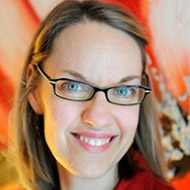
Dr Ann-Marie Wilson, BCA, is a psychologist and training consultant with over 30 years experience. She is the Executive Director and founder of 28toomany.org a leading anti-female genital mutilation (FGM) charity working to end FGM across Africa and the diaspora communities and was awarded the British Citizen Award in recognition of her extraordinary work campaigning against FGM.
She is also an ICF accredited Coach and NLP Master Practitioner.
Her latest book Overcoming is published by Lion and Hudson.
Did you like this post?
Then check out our events and courses!
Register for Advanced Coaching – Processes for Personal and Professional Transformation 3 Day Course
Sign up to our new e-learning!
Where to find us
For posts, events, free open days and more, follow NLP School on:
Where to find Robbie
Twitter: @RSteinhouse
LinkedIn: Robbie Steinhouse
What to read next
How to Empower Coaching Clients
How to Gain a Leadership Identity
5 Books for Personal Development During the Lockdown




